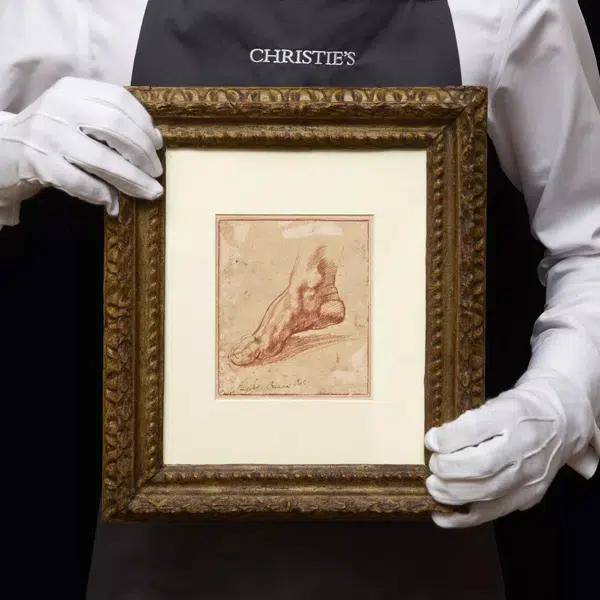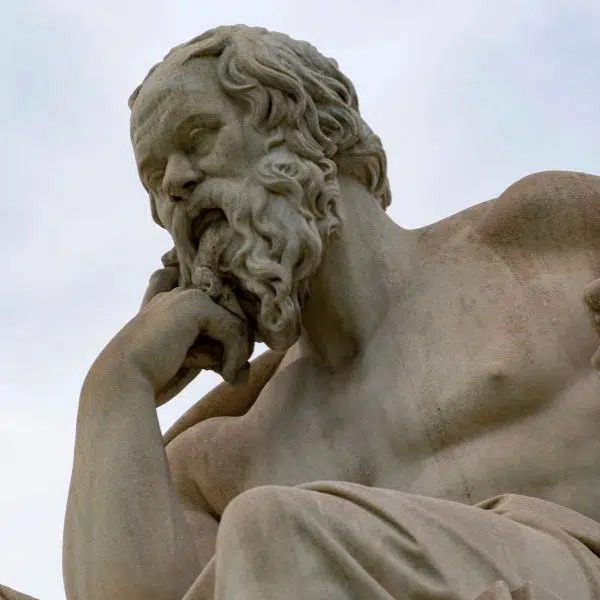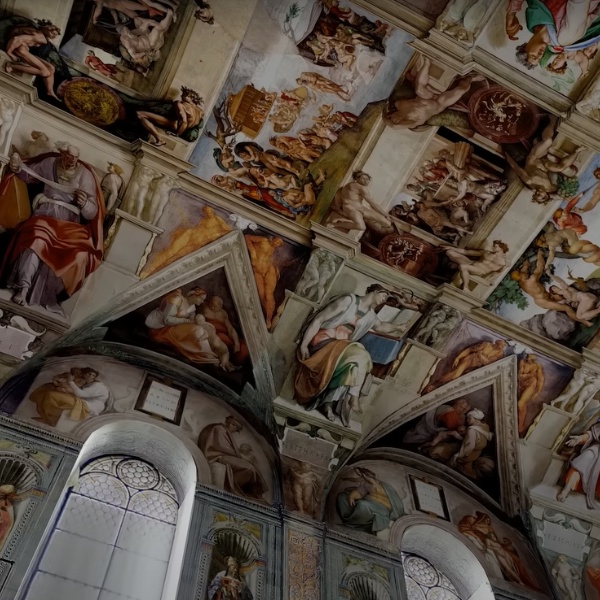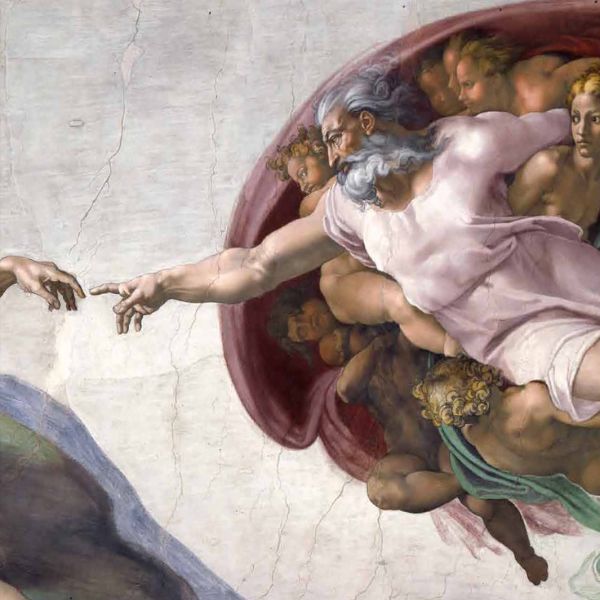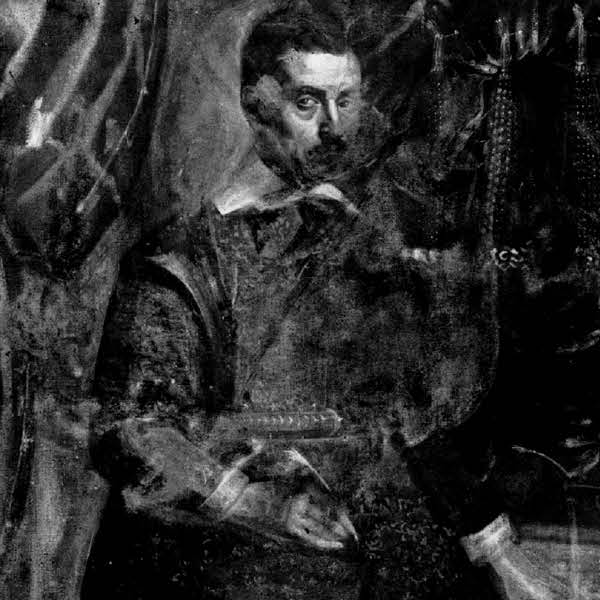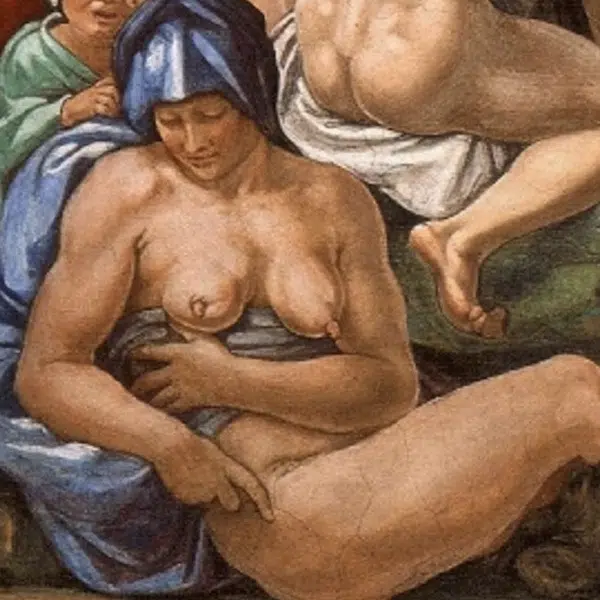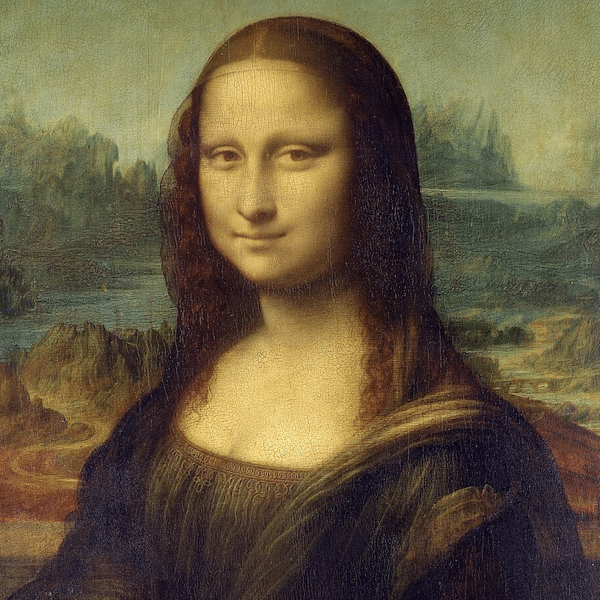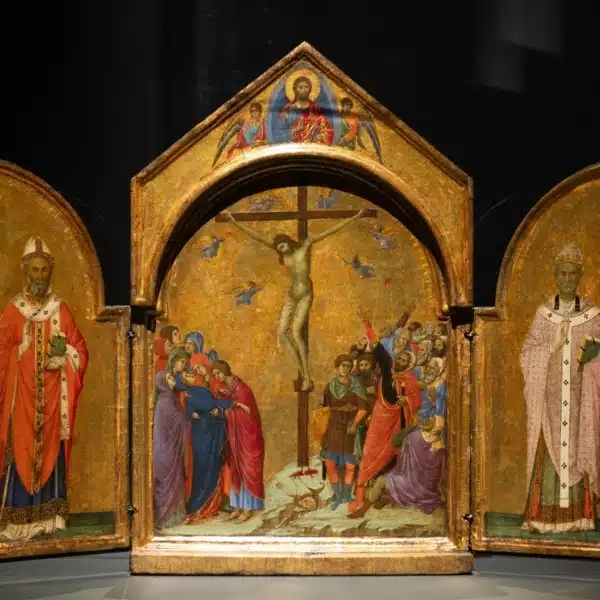
Donatello, “David,” bronze sculpture, c. 1440 (Photo: Patrick A. Rodgers via Wikimedia Commons [CC BY-SA 2.0])
Donatello's David was incredibly innovative when it was produced, as it was the first known free-standing nude statue created since antiquity and the first unsupported standing work in bronze that was cast during the Renaissance.
Although slightly overshadowed by Michelangelo's work now, Donatello's bronze statue remains his most acclaimed piece which stands apart for its unique portrayal of the biblical hero.
Who is Donatello?

Portrait of Donatello, c. 1500s (Photo: sailko via Wikimedia Commons [CC BY-SA 3.0, CC BY 2.5])
Full Name | Donato di Niccolò di Betto Bardi |
Born | c. 1386 (Florence, Italy) |
Died | December 13, 1466 (Florence, Italy) |
Notable Artwork | David, Penitent Magdalene |
Movement | Italian Renaissance |
Donatello was born Donato di Niccolò di Betto Bardi in the Republic of Florence around the year 1386. He received his early artistic training in a goldsmith's workshop and gained initial recognition in 1401 for his entry into the famous design competition for the Florence Baptistery doors. Donatello's talent caught the eye of the winner of the contest, Lorenzo Ghiberti (1381-1455), who offered him training in his prestigious studio.
According to the art historian Giorgio Vasari, Donatello traveled to Rome with his colleague, Brunelleschi (1377-1446). There, the two artists studied classical sculpture from Ancient Rome and Greece, and it proved formational in Donatello's approach to art. As he continued working, he became one of the leading figures in the early Renaissance to push for a return to classical aesthetics, which included an emphasis on anatomical realism, three-dimensionality, and perspective.
Around the year 1430—when Donatello was at the peak of his fame—he found a patron in Cosimo de' Medici (1389-1464), the head of the most influential family of Florence. It was under him that the sculptor produced his masterpiece, David.
The Story of David and Goliath
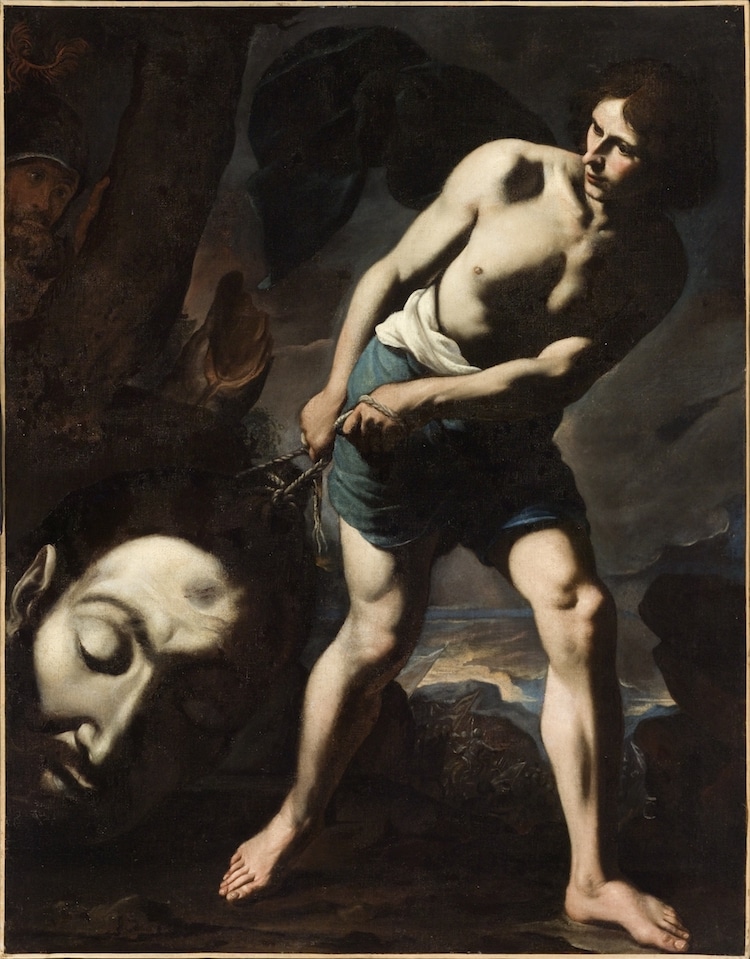
Andrea Vaccaro, “David With the Head of Goliath,” c. 1634 (Photo: Wikimedia Commons [Public Domain])
David, as a young shepherd boy who won through God-derived strength and courage, became a popular character in Renaissance art. Artists like Donatello, Michelangelo, and Bernini each portrayed David as the standard of youthful masculine beauty reflective of their time periods.
Donatello's David Sculpture
Title | David |
Artist | Donatello |
Year | 1435 - 1440 |
Medium | Bronze |
Size | 158 cm (62.2 in) |
Location | Museo Nazionale de Bargello (Florence, Italy) |
Marble
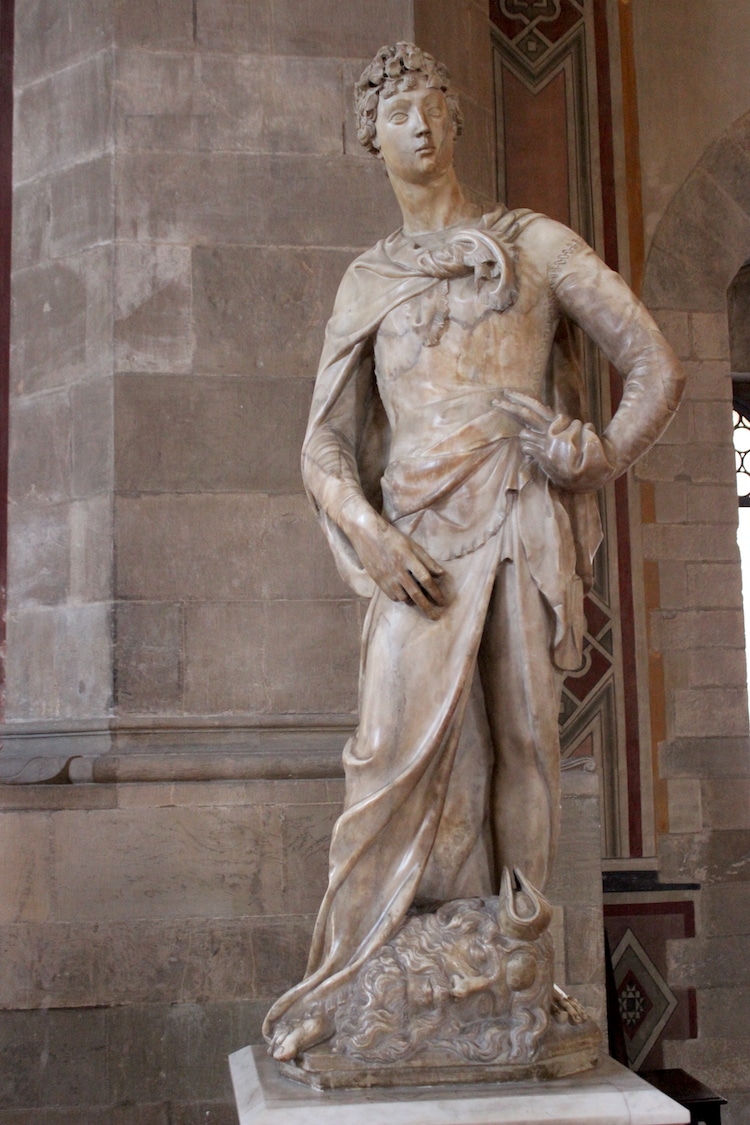
Photo: Wikimedia Commons (CC BY-SA)
Years before Donatello approached the bronze David, he endeavored the same subject in marble. This sculpture was commissioned in 1408 and was intended to be placed on top of one of the buttresses of the Florence Cathedral. It ultimately found its home in the Palazzo della Signoria.
Donatello's marble David is considered to be his first major work and displays the artist's transition from the gothic style—which was still largely present in Italy—to more classical representation. Although David demonstrates a desire for realism in his contrapposto stance, he also lacks any emotional narrative in his expression, appearing more like the enigmatic and graceful figures from Gothic art.
Bronze
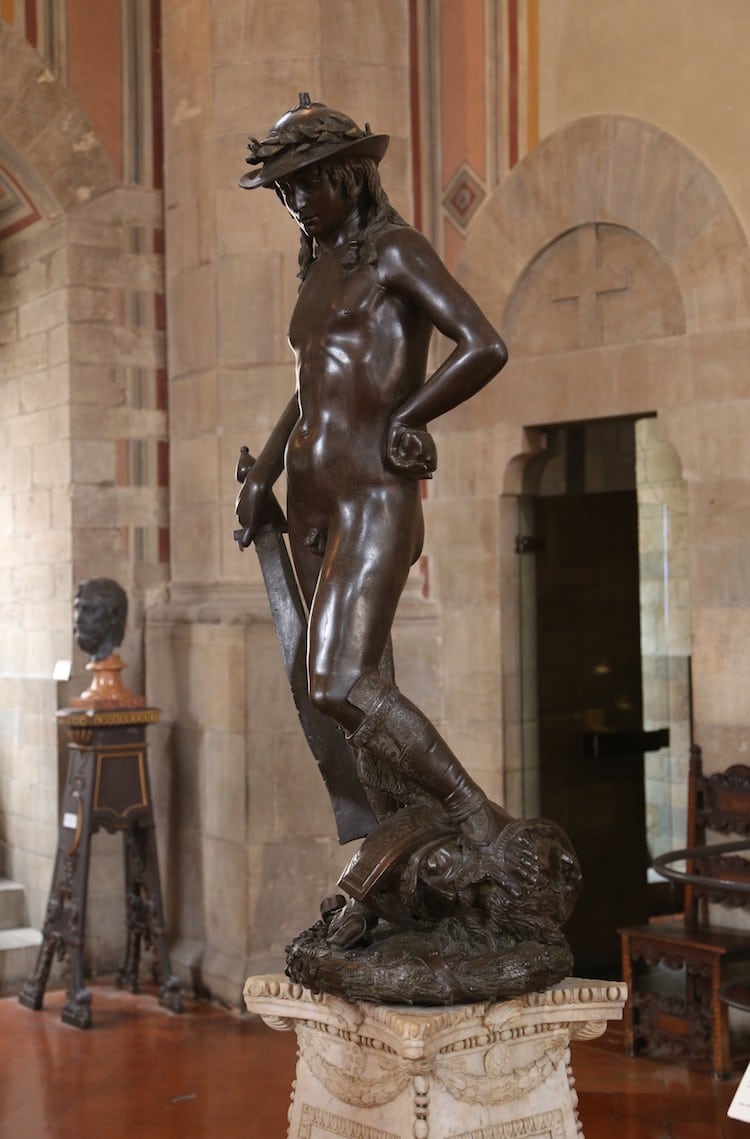
“David,” bronze sculpture, c. 1440 (Photo: Rufus46 via Wikimedia Commons [CC BY-SA 3.0])

Detail of a painted plaster replica of Donatello's bronze “David” (Photo: Lee M via Wikimedia Commons [CC BY-SA 3.0])
The sculpture depicts the boy as the epitome of youth and beauty. His features, for example, are delicate and refined and framed by shoulder-length curls of hair. David languidly smiles, looking completely at ease in his contrapposto stance. This emphasis on his age and looks symbolically infers his goodness and shows that he won not through physical strength, but through God.
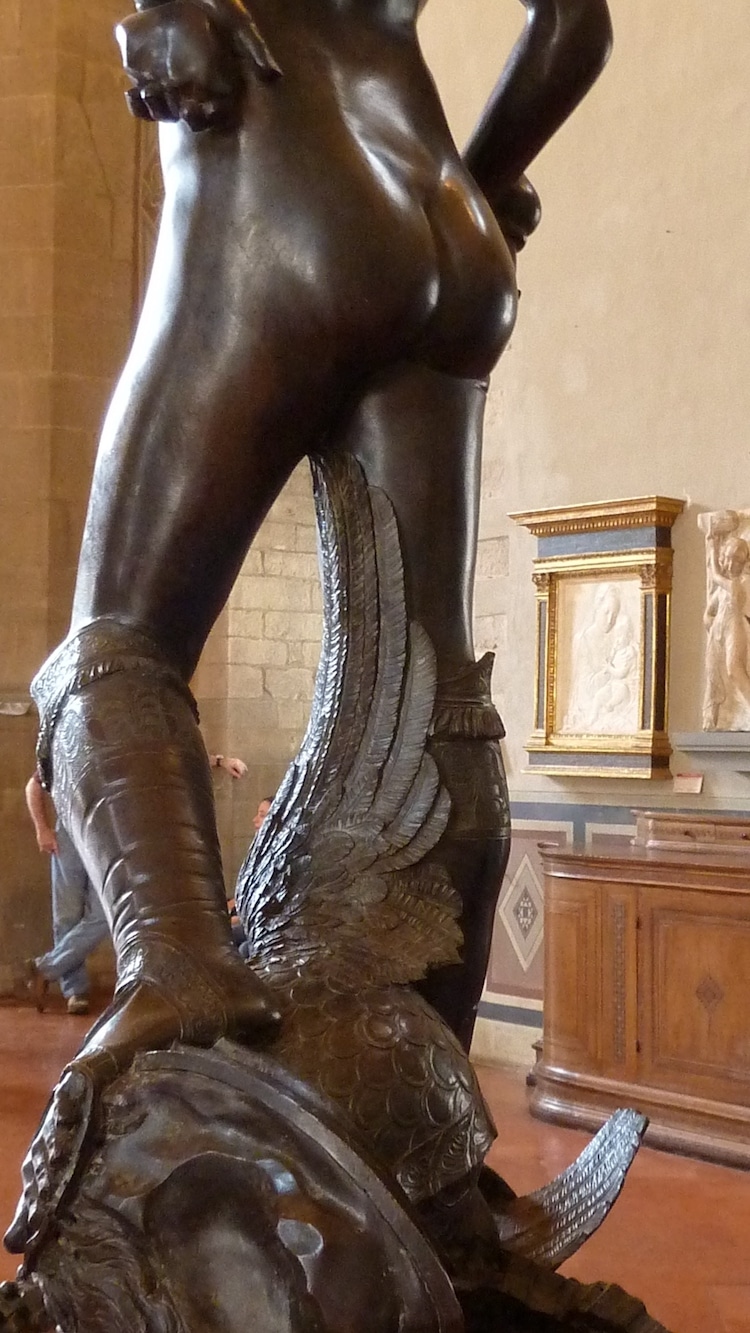
Detail of “David,” bronze sculpture, c. 1440 (Photo: David's Patoot via Wikimedia Commons [CC BY-SA 3.0])
The Legacy of Donatello
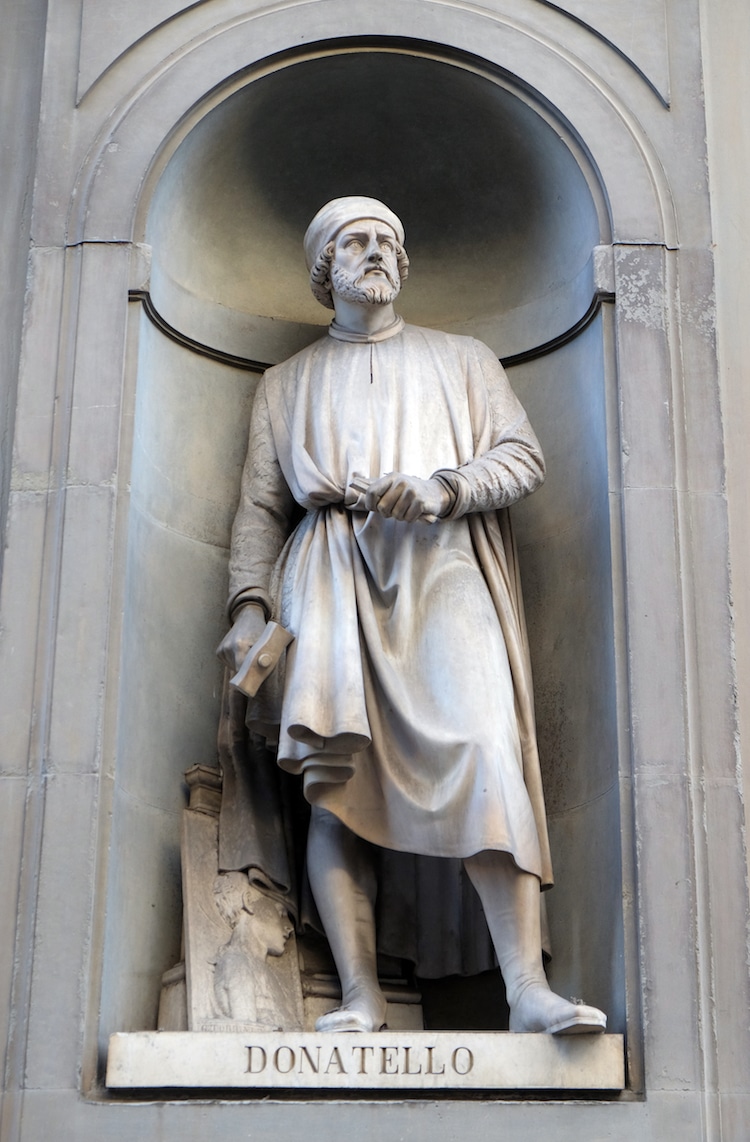
Photo: Stock Photos from Zvonimir Atletic/Shutterstock
Donatello's classical approach to sculpture greatly influenced the direction of Renaissance art during quattrocento—a term that describes the artistic and cultural events of the 1400s. He, along with contemporaries like Brunelleschi and Ghiberti, turned away from the fading Gothic style in favor of a more realistic, humanist approach to art.
The artist's emphasis on anatomical realism and perspective, as well as his innovations in the field of sculpture, had a lasting influence on the Renaissance artists that emerged decades after his death. In The Lives of the Artists, the historian Vasari said about Donatello: “He may be said to have been the first to illustrate the art of sculpture among the moderns.”
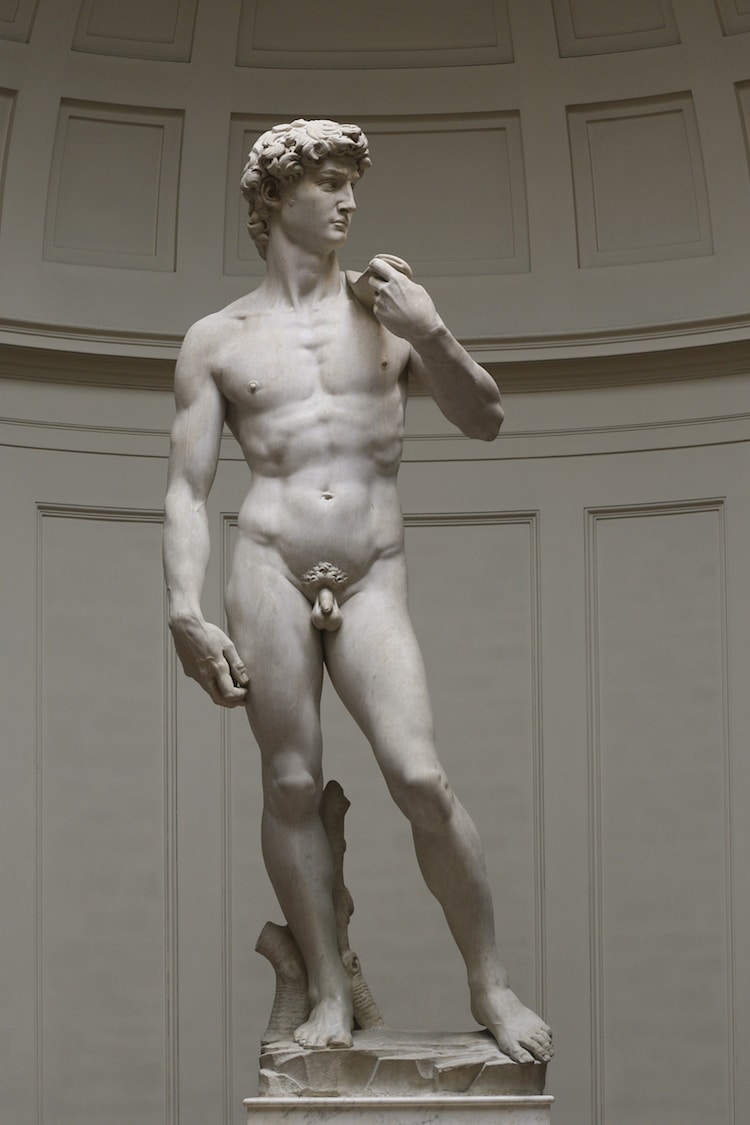
Michelangelo, “David,” marble sculpture, c. 1501-4 (Photo: Jörg Bittner Unna via Wikimedia Commons [CC BY 3.0])
Related Articles:
17th-Century Sculpture Captures Unbelievable Lace Details in Hand-Carved Marble
Who Is Giotto? Learn About the Life and Art of the Father of the Renaissance
Who Is Titian? Exploring the Life and Art of the Renaissance Master of Color
Exploring Michelangelo’s ‘Pietà,’ a Masterpiece of Renaissance Sculpture











































































